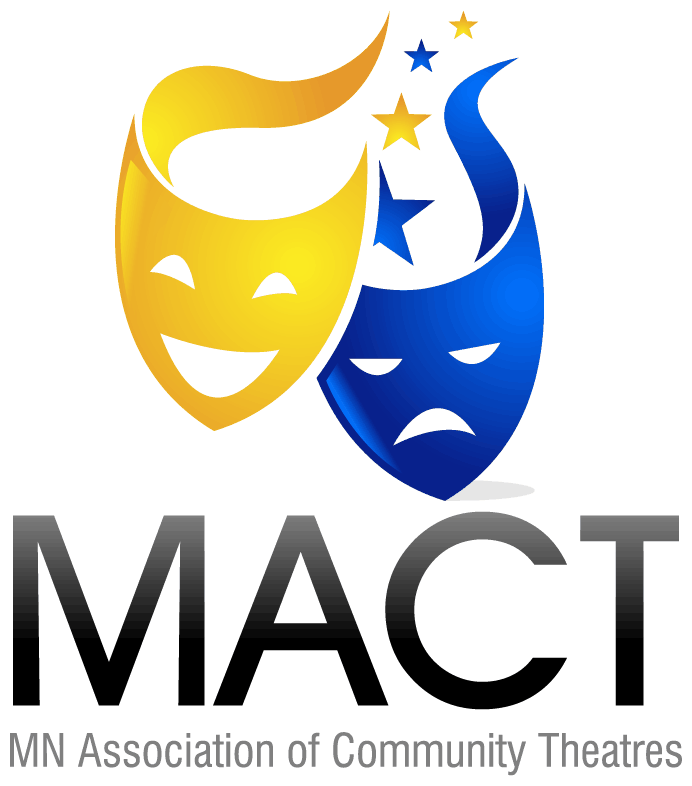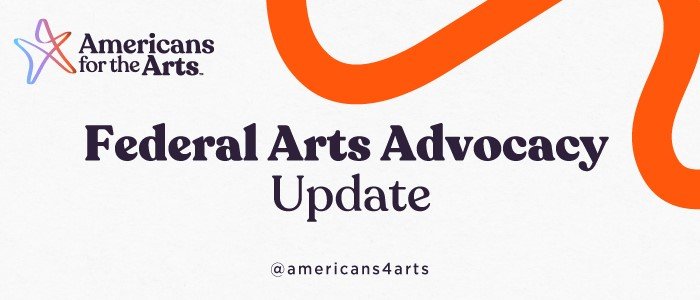Your Voice Matters More Than Ever
Critical Funding Decisions Ahead
The stakes couldn’t be higher for arts and humanities federal funding.
Here’s where we stand.
The Numbers: The Senate Appropriations Committee approved $207 million for FY26 while the House Appropriations Committee approved $135 million (35 percent cut) for the NEA and NEH. Advocates are encouraged to urge their Members of Congress to support the Senate’s number in the final FY26 appropriations bill.
Additional funding updates:
- A New York district court judge issued a preliminary injunction halting the $175 million worth of National Endowment for the Humanities (NEH) grants on First Amendment violations.
- The Senate Labor-HHS-Education appropriations bill marks $291.8 million for FY26, a slight cut from last year’s $294.8 million level.
- Federal funding for the Corporation for Public Broadcasting (CPB) was rescinded, prompting an official wind-down after over 50 years of service to local stations and communities. Read CPB’s full statement and take action through Protect My Public Media.
Recent Progress: July’s Legislative Fly-Ins brought advocates from 9 states to meet with appropriations leaders. These timely advocacy efforts, combined with voices from across the arts community, helped build support for the Senate’s strong $207M recommendation.
What’s Coming: We’re preparing for possible House floor amendments in September that could further threaten funding levels. This means our advocacy focus has expanded from appropriations committee members to ALL 435 House members. It’s not too late to share your opinion – email Congress and tell them to protect the NEA and NEH.
Why This Matters: Level funding at $207M would be an incredible win, demonstrating Congress’s commitment to valuing arts and humanities regardless of other pressures. Federal arts funding isn’t a “nice-to-have” – it’s about building healthy, vibrant communities and the creative, confident workforce America needs to stay competitive.
August Recess: Your Moment to Influence Policy
Congress isn’t on vacation – they’re back in their home districts and states, away from DC pressures and more accessible to community voices. The August recess runs through Labor Day, right before critical fall funding decisions.
Prime Timing: District work periods are THE best time to engage – legislators are back home and ready to meet constituents.
Your Power: You voted them in, they work to represent you, and your opinion matters. Active voters get heard, and officials prioritize making these constituents happy.
Action Steps:
- Make your House representative a top priority. With all 435 members of the House now critical to arts advocacy, prioritize contacting your local representative.
- Engage through multiple channels. Attend town halls, schedule district office visits, and reach out via phone calls and emails—each interaction helps amplify your message.
- Look for opportunities to connect. Check your representative’s website for upcoming public meetings and proactively call their office to request an arts-focused appointment.
- Invest in building relationships. Personal connections established now will be influential as key funding decisions approach in September. Educate and advocate with impact.
- Share why the arts matter by combining personal stories with compelling data. Use our Top Ten Reasons to Support the Arts fact sheets to highlight local impact and effectively inform your elected officials.
Arts Education Funding Crisis:
Immediate Action Needed
The Crisis: OMB initially withheld $6B in education funding that supports arts programs. While advocacy pressure forced the administration to release these funds, we must stay vigilant for potential future rescissions.
Update: The Senate Labor-HHS-Education appropriations bill includes a slight increase for Title I-A and level funding for other well-rounded programs. The bill cuts the Assistance for Arts Education program by roughly 14 percent.
The Reality: 2+ million students still have NO access to arts education, with highest-poverty schools facing the greatest gaps. Arts education reduces chronic absenteeism by up to 50% – exactly what post-COVID students need. Our Arts Education FY2026 fact sheet has additional data and examples to help make the case. Advocates will have an opportunity to reach out to House appropriators who will take up education appropriations after the August recess.
Perfect Timing: As families enter “back to school” mode, this funding crisis connects directly to your August recess advocacy efforts.
Save the Date: September 14 – 20, 2025
Designated by Congress in 2010, National Arts Education Week highlights the benefits of and need for arts education. The timing is ideal – Congress returns from recess with fresh focus on education priorities and back-to-school momentum. Stay tuned for upcoming information, webinars, and advocacy toolkit details in late August.
 MACT
MACT